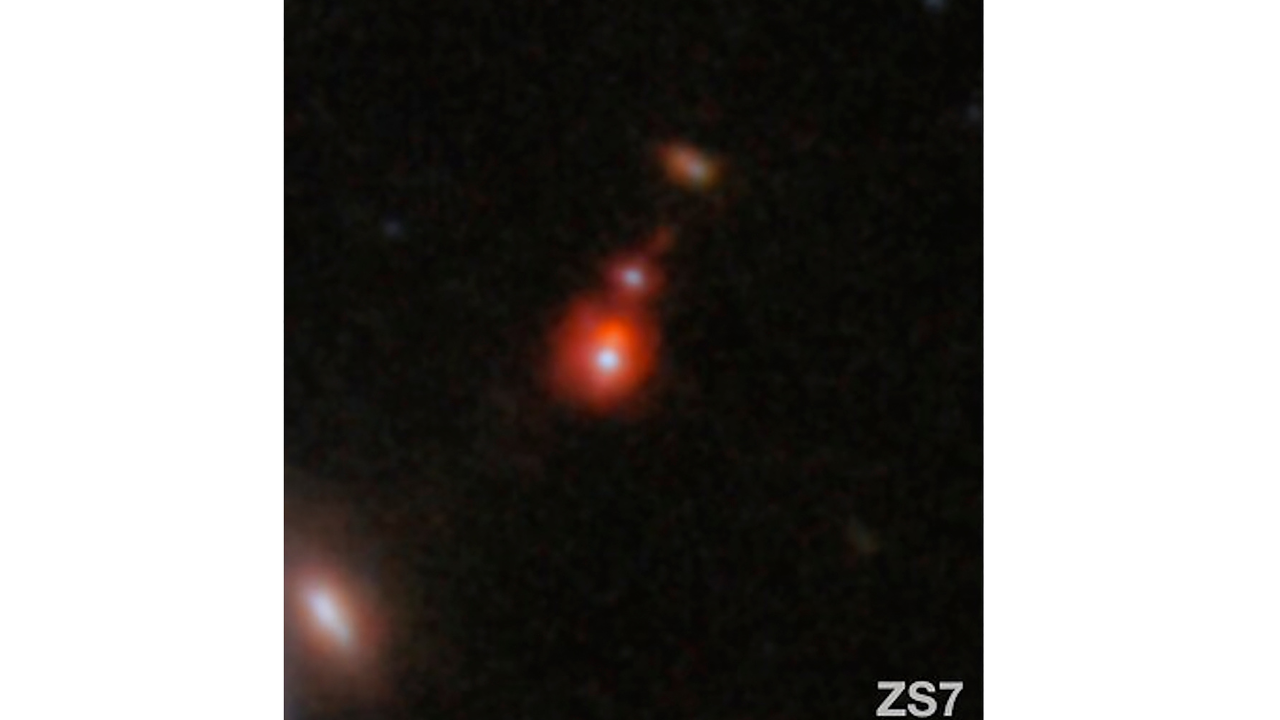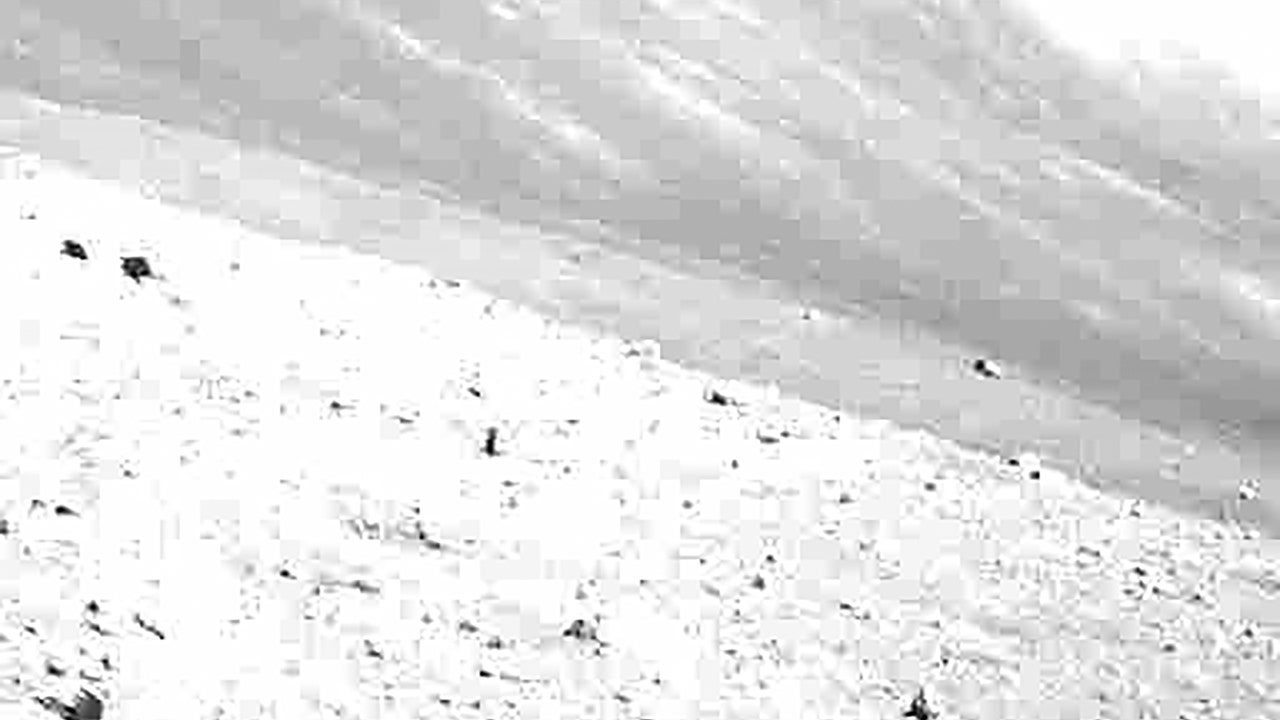More than 125 million Americans will be exposed to unhealthy levels of air pollution by the middle of the century, largely because of increased smoke from wildfires, according to estimates released on Monday.
Yet there are few good ways to protect communities, experts said. The United States has gotten better at coping with other climate perils, like floods, hurricanes and even wildfires themselves. Smoke is different: It’s more challenging to anticipate, to get people to take seriously and to keep out of people’s homes.
“With wildfire smoke in particular, we are not going to adapt our way out of the problem,” said Brian G. Henning, director of the Institute for Climate, Water and the Environment at Gonzaga University in Spokane, Wash. “It’s really hard to address.”
In the 1950s, U.S. air pollution began to steadily improve, largely because of increased regulation, according to the First Street Foundation, the research group that released the report. Then, starting around 2016, the trajectory reversed.
That shift can be seen in the Air Quality Index, which measures the concentration of tiny particles in the air, which can be absorbed through the lungs and into the bloodstream, as well as ozone, another harmful pollutant. For almost a decade, average air-quality readings have been getting worse.
Two main causes explain that shift, according to First Street, both tied to climate change. First, more extreme heat has increased the levels of ozone in the air. Second, and more consequential: An increase in heat and drought has made wildfires worse, causing more smoke to reach more of the United States.
That can bring severe health dangers.
Inhaling the tiny particles in wildfire smoke is associated with strokes, heart disease, respiratory disease, lung cancer and early death, according to Susan Anenberg, director of the Climate and Health Institute at George Washington University. “The higher the pollution level and the longer the duration of exposure,” she said, “the more risk there is.”
‘Staggering’ projections
That pollution level is expected to get significantly worse.
First Street projected changes in air pollution, based on models that predict extreme heat and wildfires. The group estimated that by 2054, more than 125 million Americans each year will be exposed to at least one day of “red” air quality, the level that the U.S. Environmental Protection Agency describes as unhealthy. That’s a 50 percent jump over this year.
Eleven million Americans are expected to face at least one day that reaches purple on the index, which the E.P.A. characterizes as “very unhealthy.” The highest risk level, maroon, is what the E.P.A. calls “hazardous,” and according to First Street’s projections, almost two million Americans will be exposed to at least one such day by 2054.
“Parts of the country are set to see months’ worth of unhealthy air quality days,” said Jeremy R. Porter, head of climate implications at First Street and the report’s lead author. “That statistic is staggering, and is going to slowly make some parts of the country relatively unlivable.”
By 2054, New York City is projected to see eight days a year when the Air Quality Index is orange or worse, meaning the air is unhealthy for at least some sensitive groups. That’s up from six days this year.
Los Angeles County, the nation’s most populous, is projected to hit 54 days that are orange or worse, compared with 47 this year.
The worst effects will be in the Central Valley in California. Fresno County and Tulare County could each face 90 days a year of unhealthy air, the study found. Air pollution in Fresno County is projected to reach “hazardous” levels for three weeks a year.
A different threat
The best way to address wildfire smoke, experts note, is to stop warming the planet, which would entail drastically reducing the amount of oil, coal and natural gas that humans burn. But that remains far from reach: While U.S. greenhouse gas emissions have dipped in recent decades, global emissions continue to rise.
The Biden administration is also trying to limit wildfires by reducing the amount of flammable vegetation on federal lands, through prescribed burns and other strategies. But those treatments are costly and tend to cover relatively small areas, limiting their effect.
That leaves state and local governments with one main option: to try to protect residents against the smoke that will increasingly reach their communities. But the barriers are enormous.
Engineers and emergency managers have gotten better at blunting the effects of other climate disasters. Flood zones can be protected by walls and storm pumps, or by elevating buildings off the ground. Homes at risk from hurricanes can be fortified against wind and flying debris. Even the direct threat from wildfires can be significantly reduced by cutting back vegetation around homes and using building materials that won’t easily burn.
Wildfire smoke is different.
As last year’s wildfires in Canada showed, smoke can travel great distances with little warning. Unlike flooding, smoke’s movement through a community can’t easily be guessed by mapping the local topography, and it can’t be blocked or diverted.
That makes wildfire smoke more akin to extreme heat. But unlike heat waves, people can’t respond by moving their activities to dawn or evening hours. And people may not know when they’re being exposed to dangerous levels of air pollution.
“You can’t always see it,” said Paige Fischer, a professor at the University of Michigan School for Environment and Sustainability who is studying responses to extreme smoke. “You don’t really experience the advanced health impacts necessarily until much later.”
Not safe inside
Governments are working to improve their warning systems, for example by sending notifications to people’s phones. But those most at risk are often older or don’t speak English, according to Crystal Raymond, a climate adaptation specialist at the University of Washington Climate Impacts Group. “There’s a really big communications challenge,” Dr. Raymond said.
Even if people know the air is dangerous, their options are limited. The most common guidance is to take shelter in homes or other buildings. Yet not all structures provide protection.
“Unless you have central air, and central air with a good filter, there’s no reason to believe that the indoor air quality is significantly better than the outdoor air quality,” said Dr. Henning, of Gonzaga University. Without a filtration device, he added, “the only thing that’s filtering that indoor air is your lungs.”
Lori Moore-Merrell, the U.S. fire administrator, is in charge of fire research and public education. In a statement, she said that local officials should give people without air filters at home, or those who are homeless, information about where they can find what she called “cleaner air shelters.”
Dr. Henning’s team is using an E.P.A. grant to set up such a shelter, installing an expensive air-filtration system at a community center in Spokane, Wash. But his worry is that some people won’t recognize the danger they’re in, and will stay in homes that have become unsafe.
Risk to working outdoors
Those who need to work outside are also particularly difficult to protect. Dr. Moore-Merrell said outdoor workers should use equipment like N95 masks, which filter out smoke.
But that’s not as easy as it might sound, according to Natalie Herbert, a research scientist at the Stanford Doerr School of Sustainability who has studied community responses to smoke. For the masks to work, they need to fit securely and be worn constantly. “When it’s really hot and when there’s smoke, it is going to be uncomfortable,” Dr. Herbert said.
Officials around the country are reacting in different ways.
A spokeswoman for New York City’s emergency management office said that since last summer, when smoke from Canada turned the air orange, the city has worked to improve interagency coordination and public messaging. Asked how New York planned to protect people who work outside or lack air conditioning, she referred questions to City Hall, which didn’t respond.
The San Joaquin Valley Air Pollution Control District, which includes Fresno County, is turning schools, libraries and other spaces into clean air centers, and has also distributed air filtration units to people in disadvantaged communities, according to Heather E. Heinks, a spokeswoman.
Without more options for protecting themselves, people may feel they have no choice but to endure the smoke, Dr. Henning said. “Is that adapting?” he asked. “I don’t think it is. It’s actually just suffering.”






